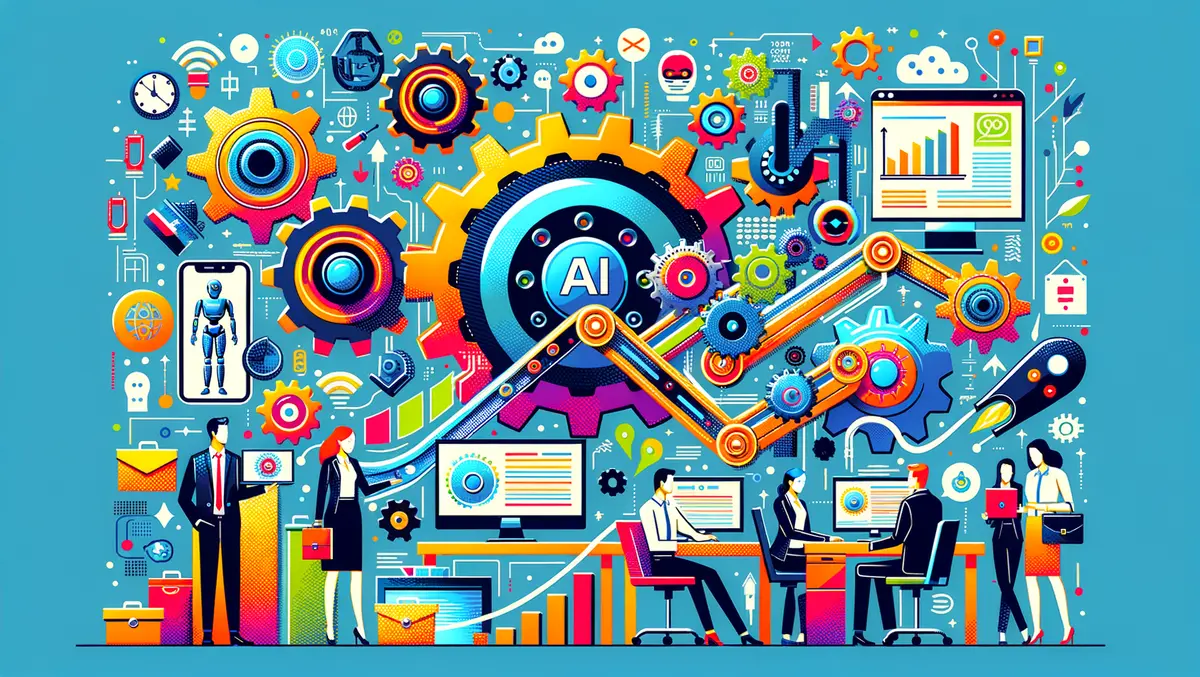
Nintex unveils new AI features to boost business automation
Nintex, a company specialising process intelligence and automation, has revealed a suite of new AI-powered enhancements that promise to significantly streamline the documentation, management, and automation of business processes. This expansion further extends the company's portfolio of AI capabilities across the Nintex Process Platform.
In an increasingly complex technological landscape, business leaders face the challenge of managing intricate processes that span numerous systems and vast amounts of data. This complexity often hampers productivity, according to Niranjan Vijayaragavan, Chief Product Officer at Nintex. According to Vijayaragavan, the biggest hurdle for many companies is understanding and documenting these elaborate processes when attempting to optimise their workflows. The newly introduced AI-enabled features aim to simplify this initial phase, making it easier for teams to build and expand automation programs designed to boost productivity.
Among the notable features is the ability to document processes more swiftly with AI. Traditionally, businesses have had to manually map out their processes, but the latest process intelligence features of the Nintex Process Platform automate this task. This includes automating the creation and refinement of process maps. Specific capabilities encompass:
- Process Capture: This innovation automates the generation of process maps using AI-driven text prompts and activity recordings from end users. This not only eliminates the need for manual documentation but also ensures processes are aligned across various roles, enabling a smooth transition from design to automation. - Import from Microsoft Visio: This feature allows the import of static process diagrams from Microsoft Visio, which are then transformed into dynamic BPMN models through machine learning and AI. These models can be converted into Nintex process maps, thereby saving time and making processes more accessible to both business and IT users.
Another significant enhancement involves the acceleration of workflow creation using generative AI. This enables businesses to create workflow automation without needing custom designs. Users can describe their requirements in natural language or employ process maps to have Nintex automatically generate the necessary workflows. Key capabilities include:
- Workflow Generator: This tool allows for the creation of workflows using simple text descriptions. Leveraging generative AI, it uses best practices from thousands of pre-existing workflows to suggest workflow patterns that can manage complex tasks efficiently. - Data Tables: These serve as a native repository for storing, managing, and connecting data related to processes, thereby improving reliability, reducing complexity, and expediting automation.
Nintex has also introduced a feature that allows businesses to develop chatbots powered by generative AI models. These chatbots can enhance customer experience, reduce engagement costs, and support various business operations. The chatbot development feature includes:
- Chatbot Builder: This tool enables users to create chatbots for applications by leveraging their own OpenAI models and Nintex's no-code chatbot component. These chatbots can be employed for various purposes, such as customer support, service requests, status updates, and sales inquiries, improving both personalisation and productivity at customer-facing interfaces.
These new additions complement other recently introduced AI-powered features by Nintex, such as the Form Generator, Form Translator, and Nintex Assistant.
Nintex remains committed to advancing the field of intelligent process automation, supporting over 8,000 organisations across 90 countries in their digital transformation efforts by offering streamlined solutions for managing, automating, and optimising business processes.


